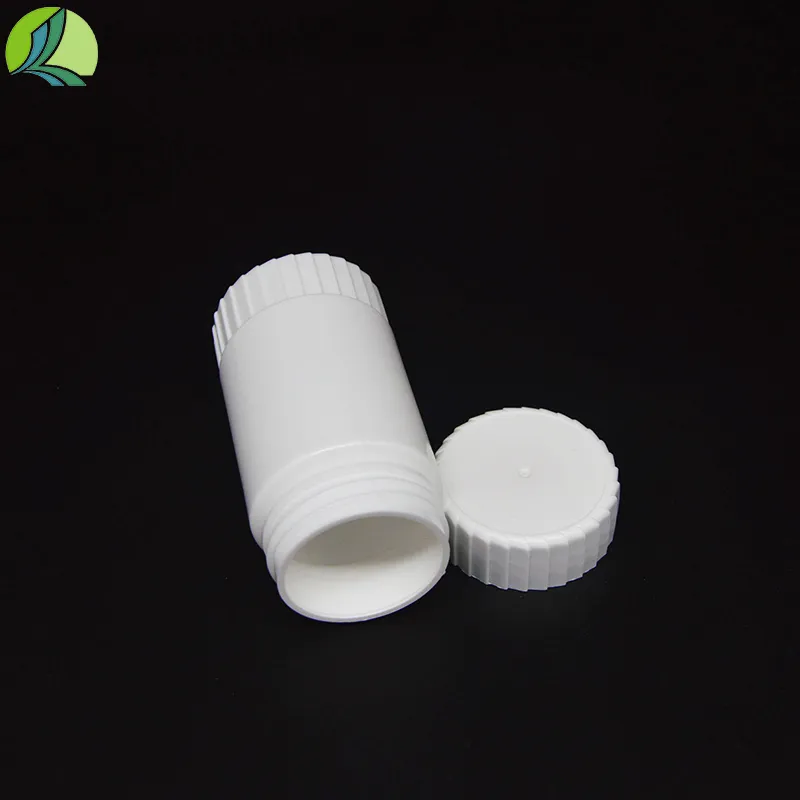https://www.wahmg.com/)">
plastic containers for medicines
plastic containers for medicines
Plastic Containers for Medicines A Comprehensive Overview
In the contemporary world, the importance of efficient and safe packaging cannot be overstated, especially when it comes to medication. Plastic containers have become increasingly prevalent in the pharmaceutical industry due to their versatility, durability, and cost-effectiveness. This article explores the significance of plastic containers for medicines, their various types, advantages, and environmental considerations.
Plastic Containers for Medicines A Comprehensive Overview
Moreover, the lightweight nature of plastic makes it easier and more economical to transport medications compared to traditional glass containers. This lightness contributes to reduced shipping costs, a critical factor in the economics of medication distribution. Furthermore, plastic containers can be molded into various shapes and sizes, accommodating a wide range of pharmaceutical products, from tablets and capsules to liquid medications and creams. This versatility is invaluable for pharmaceutical companies looking to optimize their packaging solutions.
plastic containers for medicines

When discussing plastic containers, it’s essential to highlight the various types used in the industry. Polyethylene (PE) and polypropylene (PP) are among the most common materials used for medicinal packaging. Polyethylene is known for its excellent chemical resistance and flexibility, making it suitable for a variety of applications. Polypropylene, on the other hand, offers higher temperature resistance and is often used for higher-grade products or those that require sterilization. Additionally, materials like polyvinyl chloride (PVC) are also utilized, particularly in packaging IV solutions and other medical supplies.
While the advantages of plastic containers are considerable, it is crucial to address the environmental implications of their use. The rise of plastic pollution has sparked significant concerns globally, prompting the industry to seek more sustainable alternatives. Biodegradable plastics and recyclable materials are gaining traction as viable options for pharmaceutical packaging. Companies are increasingly investing in research to develop eco-friendly materials that can reduce the carbon footprint associated with traditional plastic containers.
Another noteworthy trend is the adoption of smart packaging solutions in the pharmaceutical sector. Innovations such as anti-counterfeiting technologies, moisture indicators, and temperature monitoring can be integrated into plastic containers to enhance safety, compliance, and effectiveness in medication management. These advancements are critical, as they can significantly improve patient adherence and ensure the efficacy of medications.
In conclusion, plastic containers play an indispensable role in the pharmaceutical industry, offering numerous advantages in terms of safety, cost-effectiveness, and adaptability. However, as the world grapples with the consequences of plastic waste, the industry must continue to innovate and embrace more sustainable practices. By striking a balance between functionality and environmental responsibility, the pharmaceutical sector can ensure that the packaging of medicines not only meets the needs of today but also respects the health of our planet for future generations.
-
Wholesale Plastic Juice Bottles with Caps 16 oz Options Available Bulk Packaging SolutionsNewsJun.10,2025
-
Laboratory Apparatus Reagent Bottle – Durable & Chemical Resistant Bottles for Safe StorageNewsJun.10,2025
-
Squeezable Dropper Bottles Durable, Leak-Proof & CustomizableNewsMay.30,2025
-
Affordable Plastic Petri Plates Sterile & Disposable Lab-GradeNewsMay.30,2025
-
Eye Dropper Caps Precision 24/410 & Plastic Bottle-Compatible TipsNewsMay.30,2025
-
Affordable Mini Spray Bottle Price & Wholesale Deals Shop NowNewsMay.29,2025





















